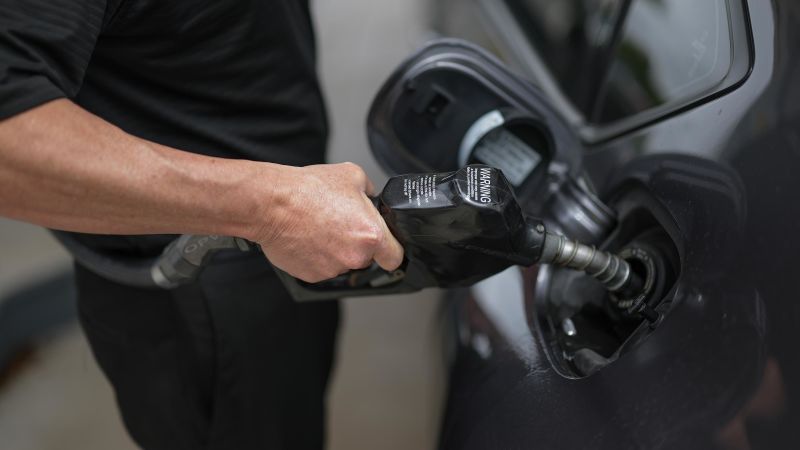The topic of gas prices has become increasingly central to political discourse, especially under the spotlight of President Donald Trump’s recent remarks. In particular, during a series of public appearances, Trump made several claims regarding gas price reductions that have drawn significant skepticism. His assertions have not only sparked intrigue but also raised questions about their accuracy and the sources behind them.
Only a fortnight ago, Trump proclaimed that several states had experienced a dramatic drop in gas prices, remarking that “a couple” of them had registered averages as low as $1.98 per gallon. However, this claim was quickly debunked, as no state had an average that dipped below approximately $2.70 per gallon. A day later, he escalated his rhetoric by asserting that “three states” had hit the $1.98 mark, further distancing his statements from reality. This pattern of repeating misinformation has occurred multiple times, with Trump repeating the claim about three states achieving this impossible price at least on three separate occasions within a single week.
In a notable incident during a commencement address at the University of Alabama, Trump amplified his dubious comments about gas prices, claiming they had plummeted to $1.88 per gallon in three states. This extravagant statement, much like his previous ones, lacked any credible backing and was met with disbelief. The dissonance between Trump’s declarations and the actual market scenario is significant, underscoring the growing gap between political rhetoric and public reality.
According to data from the American Automobile Association (AAA), the national average gas price was around $3.19 per gallon. The state with the lowest reported average was Mississippi, where prices hovered around $2.66 per gallon. Companies such as GasBuddy, which specialize in tracking fuel prices across numerous gas stations nationwide, confirmed that no station offered prices anywhere near Trump’s claimed figures. Even with specialized discounts reported in Texas, the lowest price spotted was $1.99 per gallon—far from Trump’s stated average.
The inconsistency in statements about gas prices is concerning, especially since there had been no documented instances of gas stations featuring prices under $2 per gallon since Trump began making these assertions in mid-April. On a social media platform, Trump took to tweeting that gas prices had “just broke $1.98 a gallon, lowest in years.” Yet once again, this statement was entirely inaccurate, leaving critics questioning the foundation of his assertions.
On the following Friday, the AAA reported that the national average gas price had actually risen to about $3.18 per gallon, contradicting Trump’s proclamations that it would be dropping. This continued rise in prices contrasts starkly with the idea that gas rates were hitting record lows. In fact, the current prices have risen since Trump’s inauguration in late January, when the national average was sitting at approximately $3.12 per gallon, indicating a concerning upward trend rather than downward relief packaged in the guise of false promises.
It is crucial to recognize that while various factors influence gas prices, including seasonal changes and global economic conditions, the assertion that gas prices have plummeted significantly during Trump’s presidency is misleading at best. The reality paints a different picture; far from experiencing a decline, gas prices remain elevated and continue to affect consumers nationwide.
The interplay of political narrative and economic reality continues to be vital in understanding the context of such statements. Trump’s repeated inaccurate claims regarding gas prices illustrate the larger trend of political figures speaking boldly and confidently about economic conditions that do not align with the available data. The importance of fact-checking and accountability cannot be understated, particularly as these discussions shape the perceptions and realities of everyday citizens.



